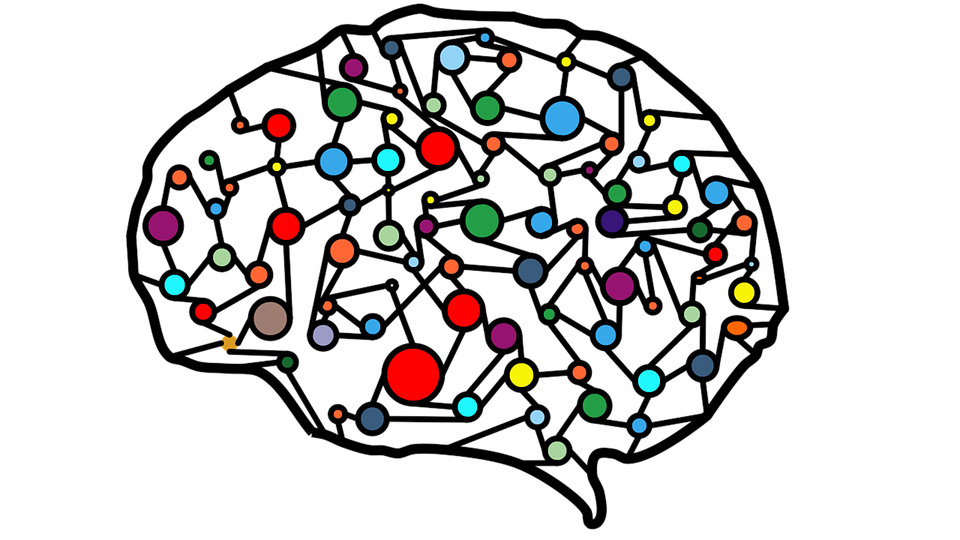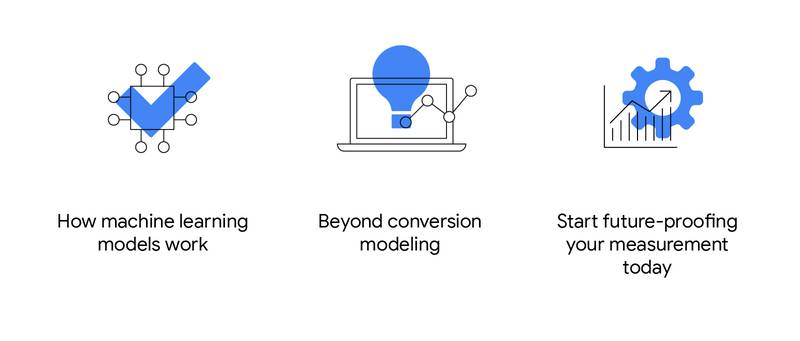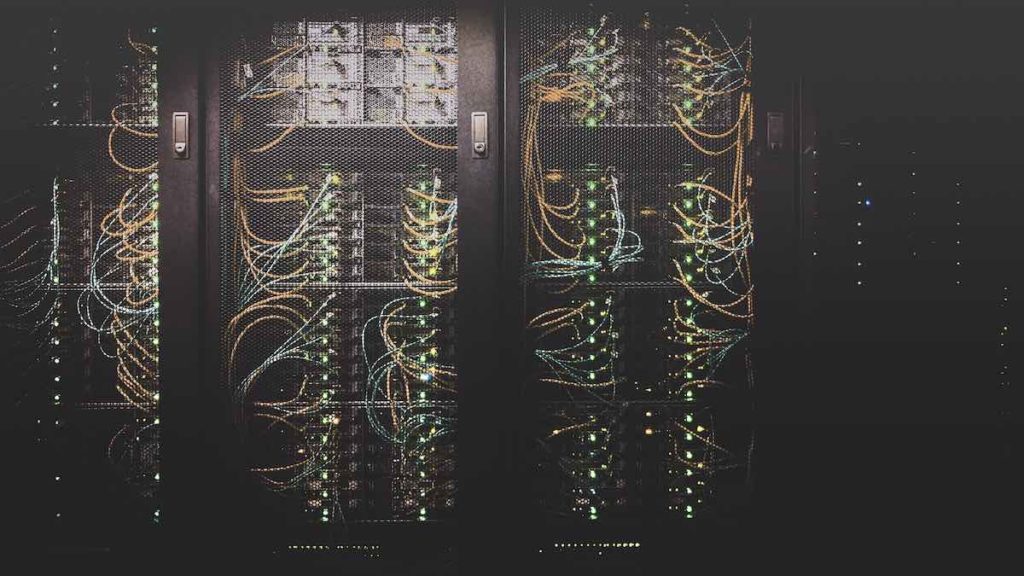
Businesses need to know what ads a customer has been exposed to, which campaigns provided the best performance, and the touchpoints that were most important in driving conversions. That’s where our digital marketing experts use various tools to measure and optimize performance.
But understanding the actions people take after interacting with an ad is an enormous challenge because there can be gaps in the information available to marketers. Customers may shop across different browsers and devices, or research products online and then buy offline. They may have seen multiple ads, but were inspired to action by only one of them.
Companies still need to make data-driven decisions and focus on enhancing the customer journey. That’s where machine learning models come in.
And that’s during the best of times. We’re witnessing shifts in shopping behavior brought on by a pandemic that isn’t over. At the same time, people’s attitudes toward digital privacy are necessitating changes in the way marketers have measured their digital advertising efforts.
Yet companies still need to make data-driven decisions and focus on enhancing the customer journey wherever possible. That’s where machine learning models come in. For support, businesses are increasingly relying on machine learning to fill in the gaps when direct consumer data is unavailable.

How machine learning models work
Machine learning models are generated by analyzing vast amounts of historical data, identifying correlations and trends between key data points, and using those insights to make accurate predictions about consumer behavior.
For years, marketers have been using machine learning to model conversion rates in situations where there’s a gap in the data available between ad interaction and conversion, such as in online-to-offline transactions. But these models can also work when other types of typically observed data are no longer available — like when users opt out of cookies.
Last year Google introduced Consent Mode for advertisers operating in the European Economic Area and the U.K. Marketers can use Consent Mode to automatically update Google tag behavior based on user cookie consent choices. By using machine learning to discover patterns in how people who consent to cookies behave, those patterns can be used to build attribution paths for those who opt-out of cookies. Earlier this year Google began offering conversion modeling through Consent Mode, enabling marketers to recover ad-click-to-conversion journeys while continuing to respect people’s privacy choices.
Beyond conversion modeling
But conversion modeling is just one area where machine learning can fill in the gaps when observable data isn’t available. Let’s look at four other instances where machine learning models can help inform us.
Behavioral modeling
Is your company ready for a future world without cookies? If so, are you experiencing any data loss in your analytics reporting?
Behavioral modeling gives a business insight into the actions beyond conversions that people might make on a website or within an app when those people have declined consent for analytics cookies. It works by using the activity of similar people who’ve provided consent to model the behavior of those who decline consent. It enables advertisers to associate users and sessions to answer questions like, “How many new users did I acquire from my last campaign?”
Attribution modeling
You might already be using some form of attribution modeling, which marketers use to determine which touchpoints in the customer journey most drive shopping activity. But are you looking to improve the effectiveness of your cross-channel media spending?
While there are a lot of ways to assign credit to marketing touchpoints, data-driven attribution models offer the most accurate results by using machine learning to decide how important each touchpoint is to a conversion. Other attribution models may give all the credit to the first ad a user clicked on or the last ad a user clicked on. Data-driven attribution models, on the other hand, compare the paths of customers who convert to the paths of customers who don’t to identify patterns among those ad interactions that lead to conversions. Learn more about conversions here.
Online-to-offline modeling
Do you have your business locations connected to your advertising campaigns? Have you uploaded first-party sales data to support online-to-offline measurement?
Online-to-offline modeling can attribute purchases or visits made in-person to advertising touchpoints online. Previously, advertisers weren’t able to understand if those online touchpoints drove in-store sales. But online-to-offline modeling can combine signals from multiple sources — such as surveys, requests for online directions or calls to a store’s location, and in-store sales data — to estimate the impact of specific marketing campaigns.
Unique Reach modeling
Are audience reach metrics important for your business and marketing efforts? Is there a particular segment you’re successfully reaching, or is there a segment that you’d like to see improve?
Unique Reach modeling helps marketers determine how often people in a particular demographic were shown a specific ad, and on what device. It’s common for people to use multiple devices throughout the day, making it harder for marketers to determine if an ad view on a desktop device and on a mobile device was for the same person or two people. Unique Reach models use machine learning to measure the total reach of an ad by accounting for cases when people may see the same ad on different devices, or when multiple people share the same device. This information can help advertisers determine the most effective touchpoints for their ad budgets.
Start future-proofing your measurement today
We encourage you to review the different types of data modeling available and check-in with our team to see how you may already be using them, or if there are opportunities to explore new ones.
As we move into a world with fewer cookies and other identifiers, maintaining accurate measurement will depend heavily on the intelligent use of first-party data, privacy-safe techniques like data aggregation, and machine learning models. The companies who thrive will be those who take action today.
Want to grow and expand your business? Contact our digital marketing experts today.









